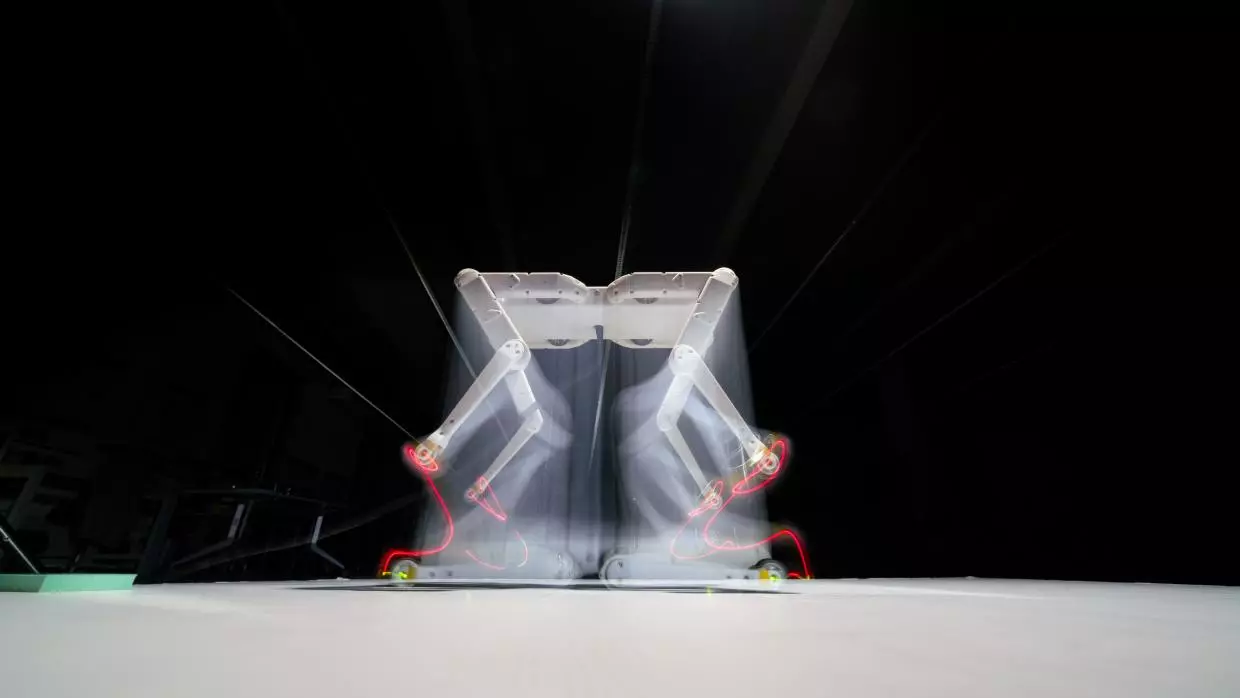As many of you may have just read, Boston Dynamics' Spot quadruped robot is now commercially available – for a cool US$75,000. If that's a little outside of your budget, then you might be more interested in the much cheaper open-source Solo 8.
Developed via a collaboration between New York University and Germany's Max Planck Institute for Intelligent Systems, Solo 8 is aimed mainly at robotics researchers.
The idea is that if multiple groups are able to use the same hackable, affordable, open-source model of robot, then they will all benefit by being able to share data with one another. California-based Willow Garage had the same thing in mind for robots with arms, when it released its PR2.
Along with walking in multiple gaits and directions, Solo 8's torque-controlled motors and actuated joints also allow it to jump, and to recover its orientation, posture, and stability after being knocked over.

Tipping the scales at a little over 2 kg (4.4 lb), the robot additionally has quite a high power-to-weight ratio. According to its designers, this makes it considerably safer and easier to work with than most other quadruped robots, which tend to be a lot heavier.
It is estimated that building a complete Solo 8 should cost no more than a few thousand euros.
"For a research group to develop such a robot themselves, it takes easily four years of work," says Alexander Badri-Sprowitz, leader of Max Planck's Dynamic Locomotion team. "Additionally, you need a wide range of expertise. Our platform is the combined knowledge of several teams. Now any lab worldwide can go online, download the files and print the parts, and buy the remaining components from the catalog. And everybody can add extra features, within a few extra weeks. Done – you’ve got yourself a world-class robot."
You can see a prototype Solo 8 in action, in the following video.
Source: NYU Tandon School of Engineering




